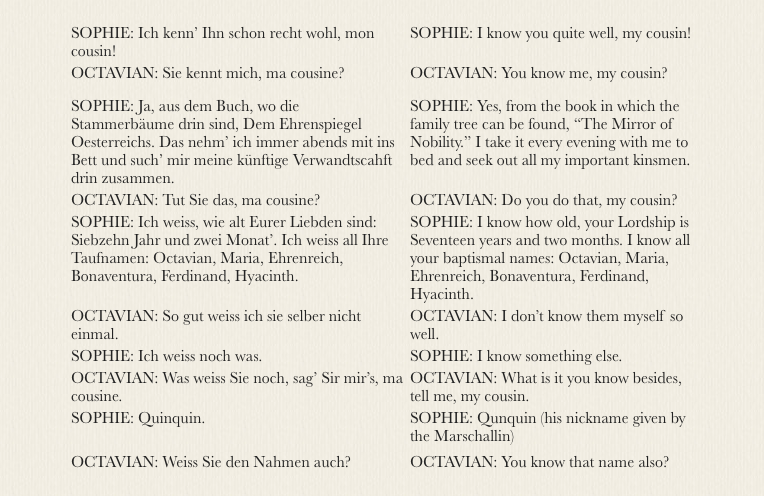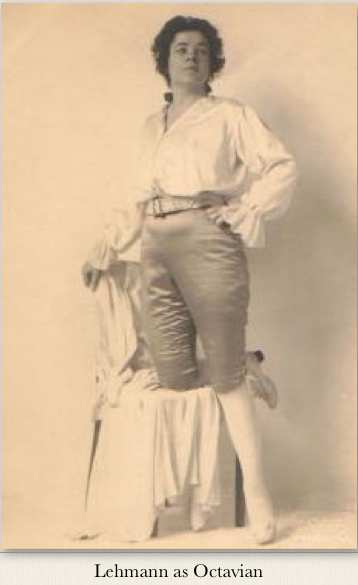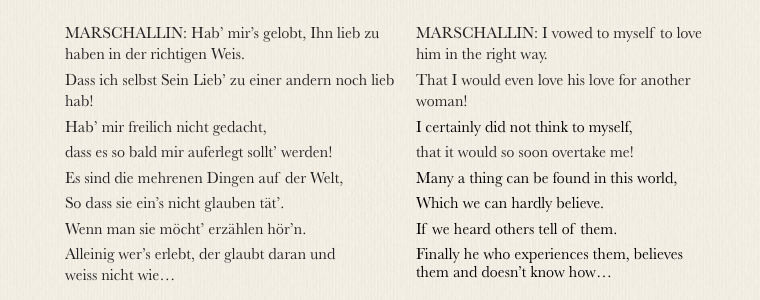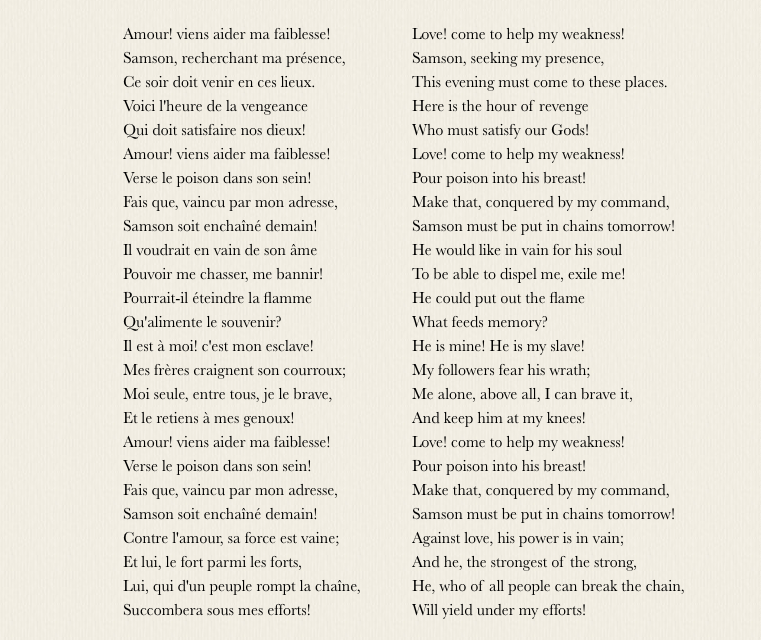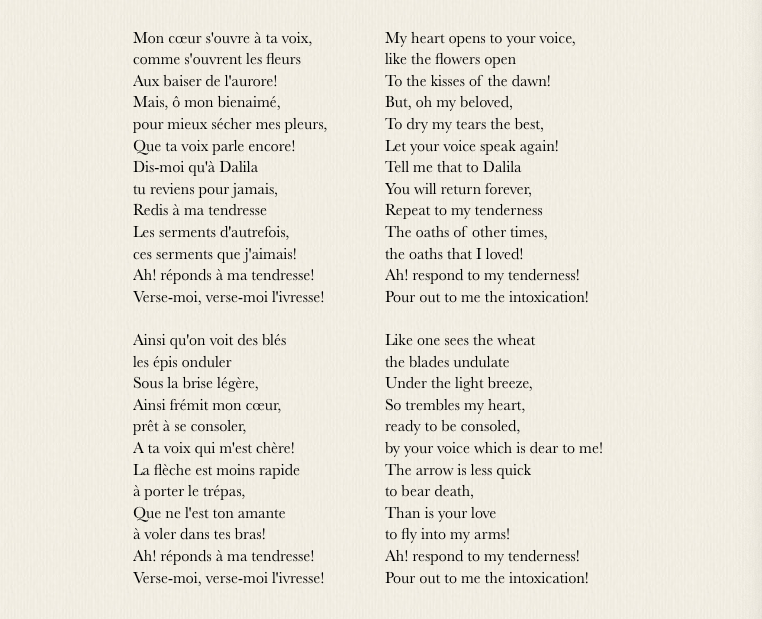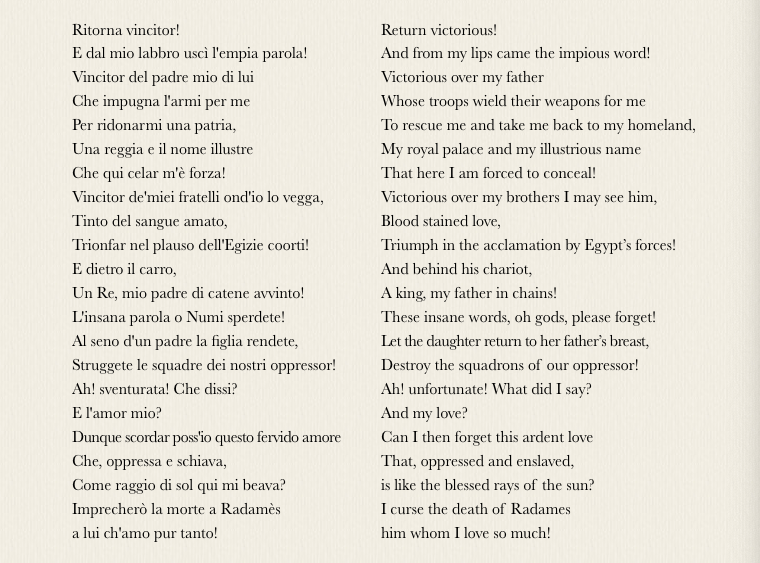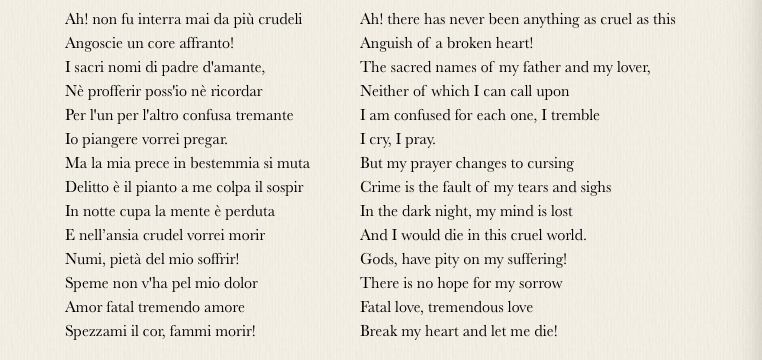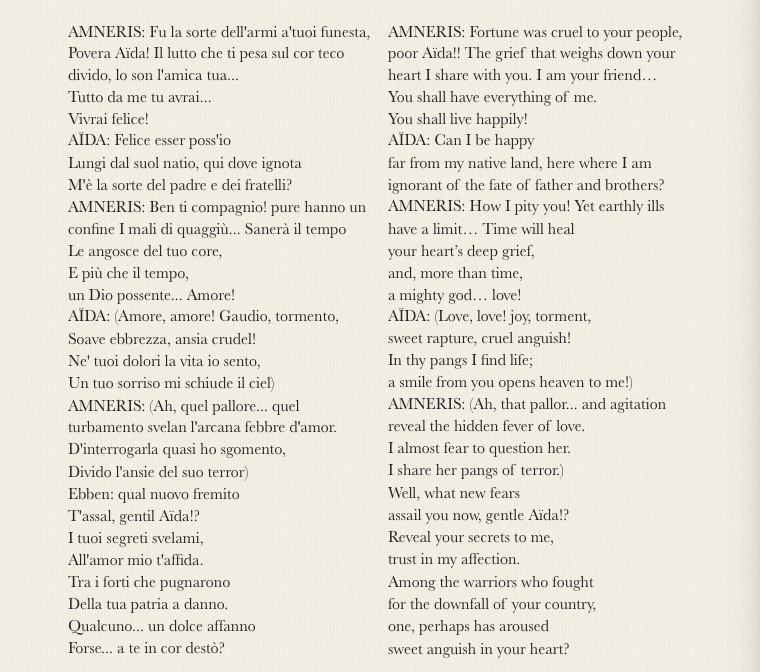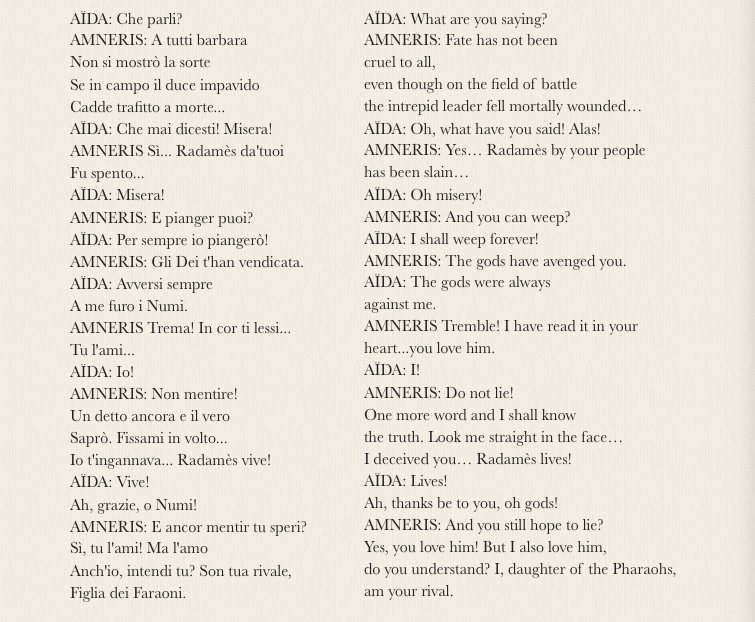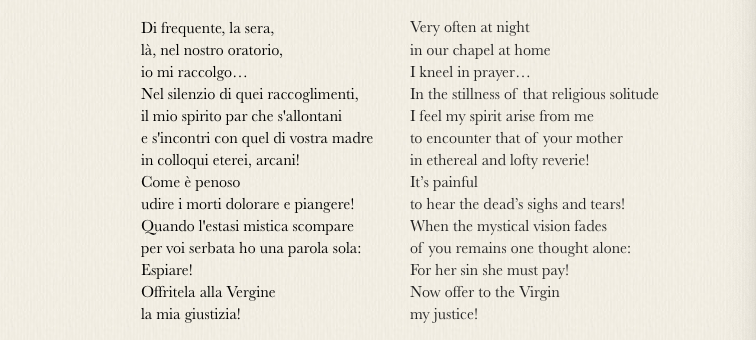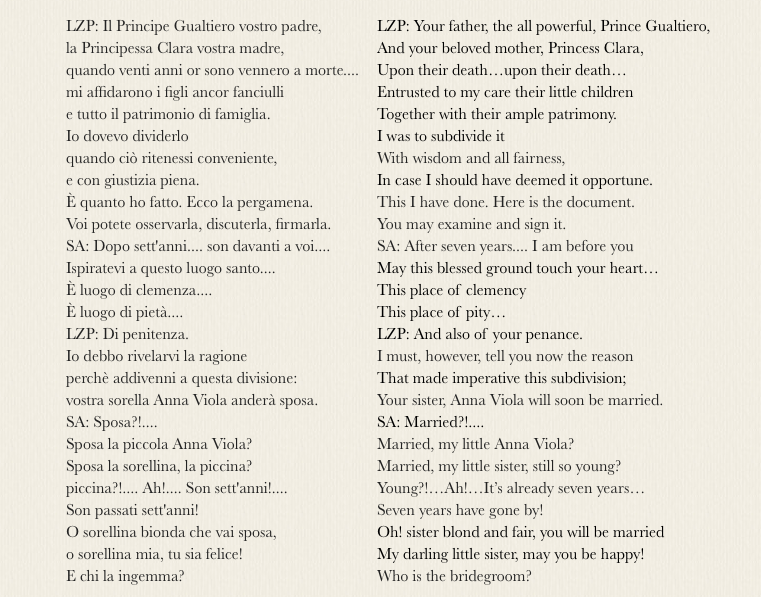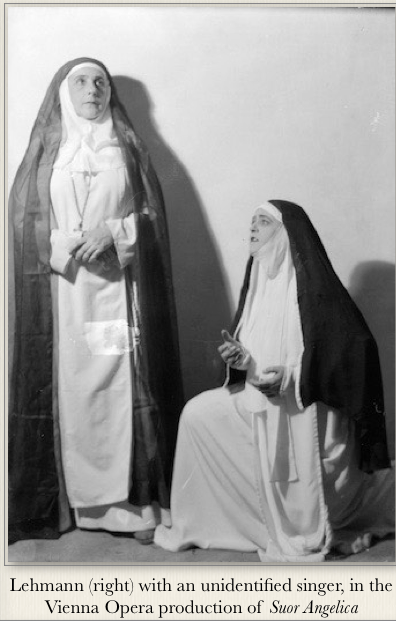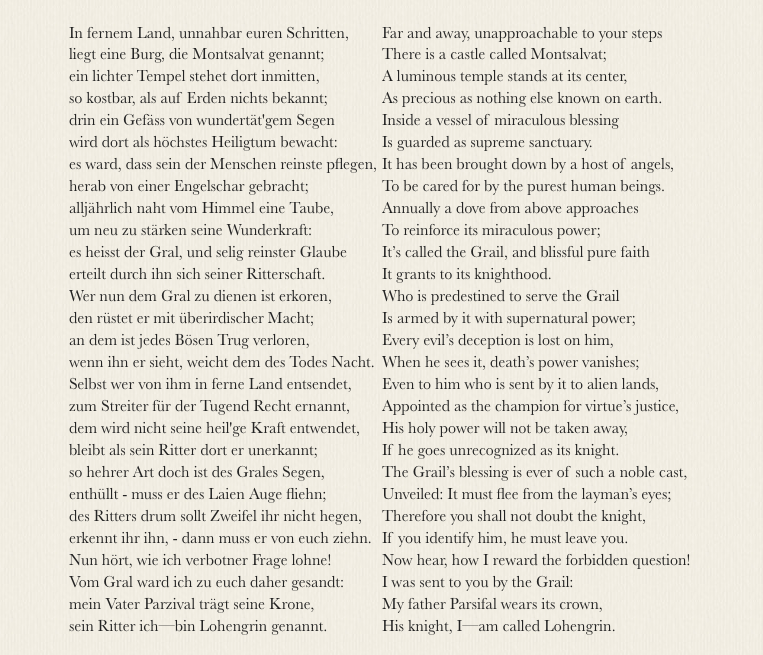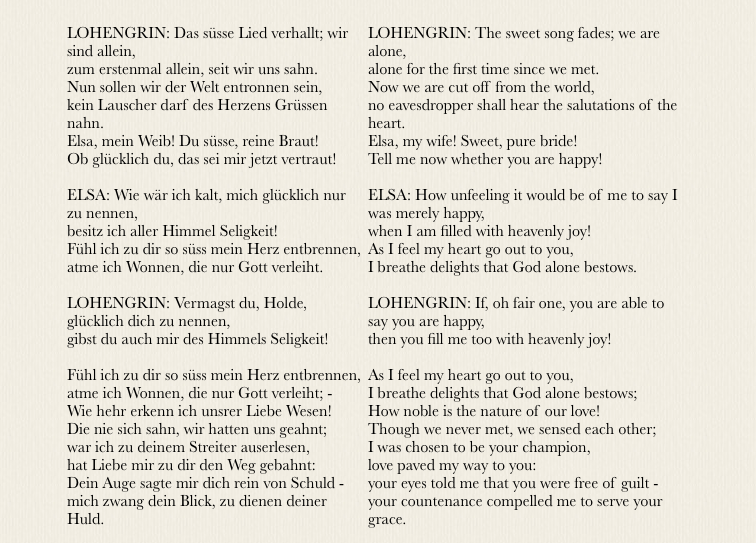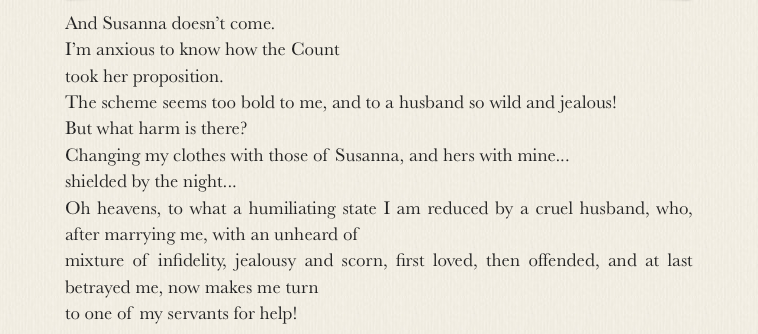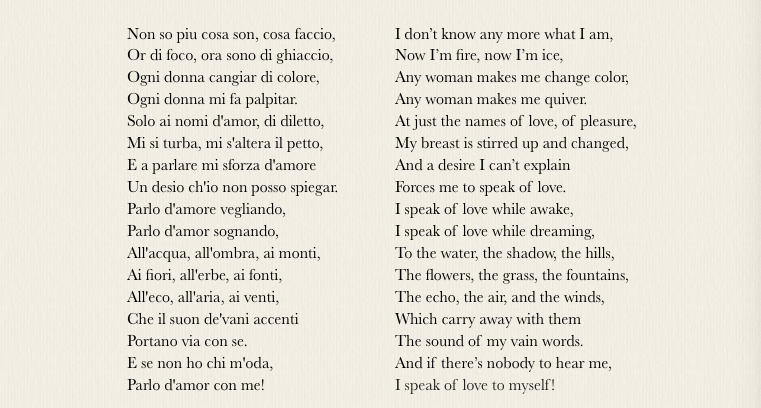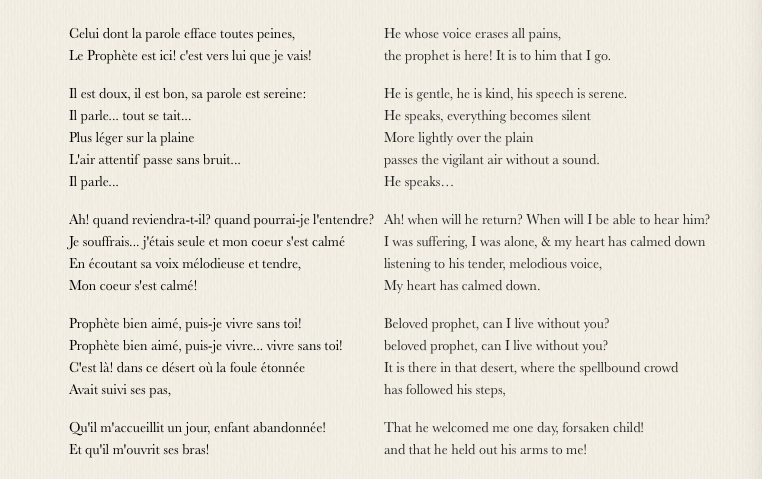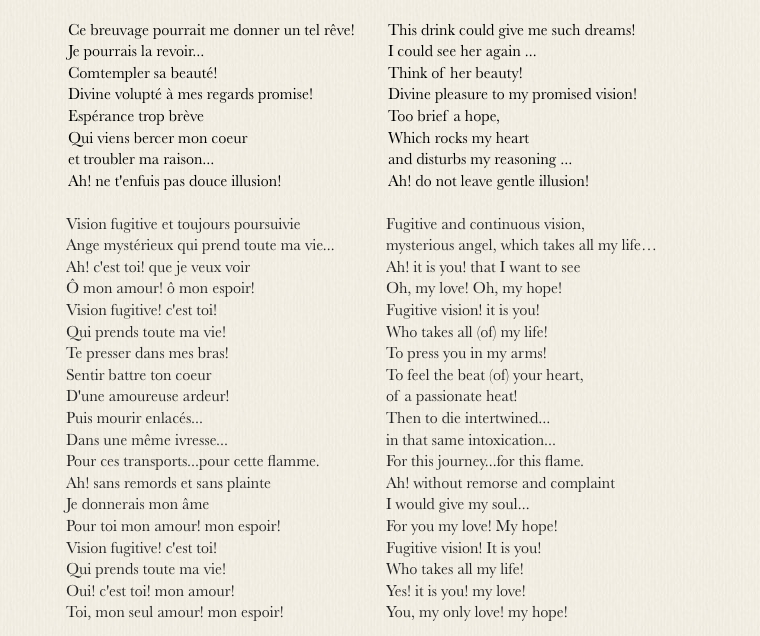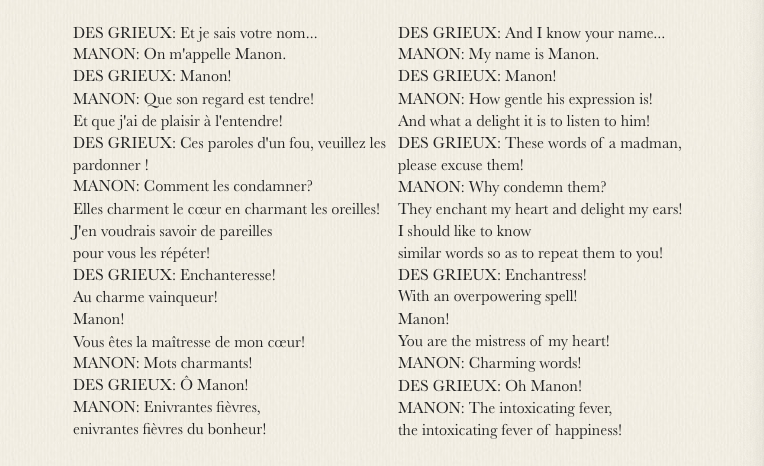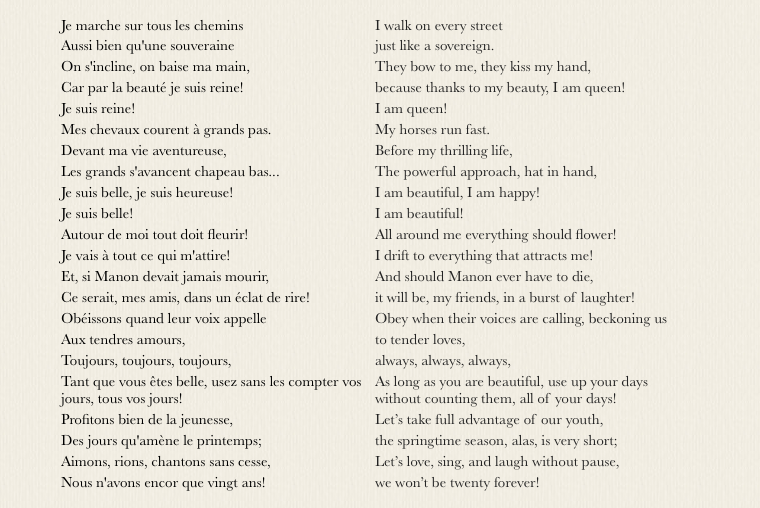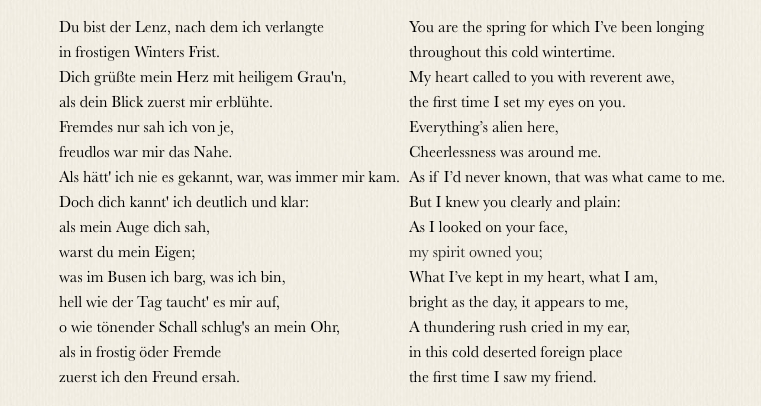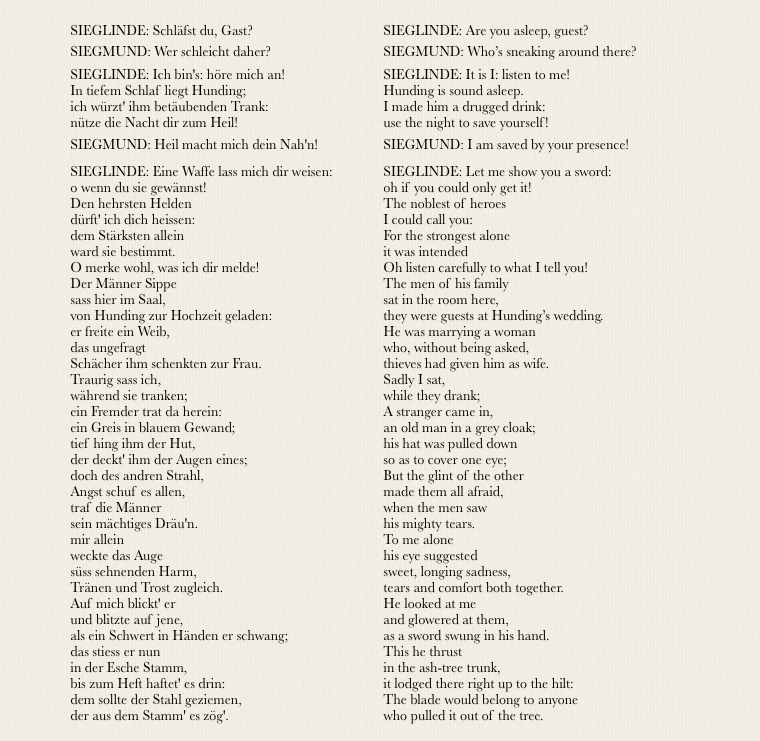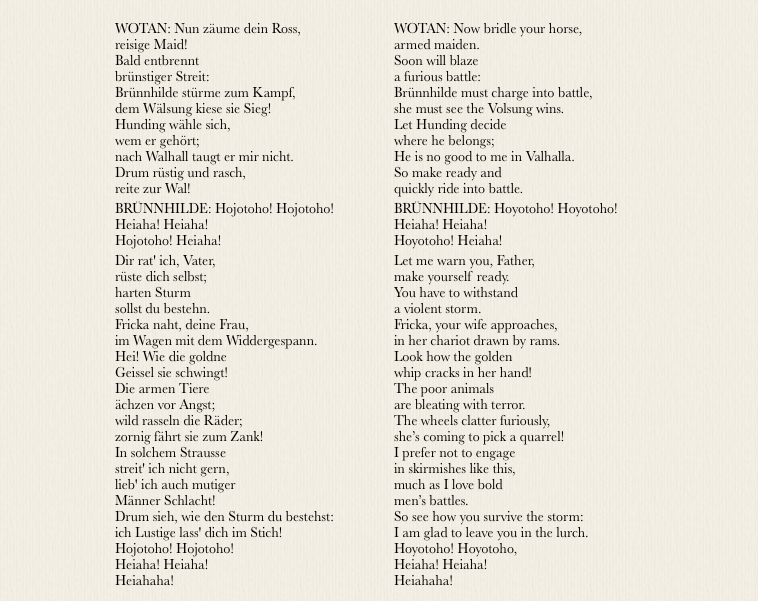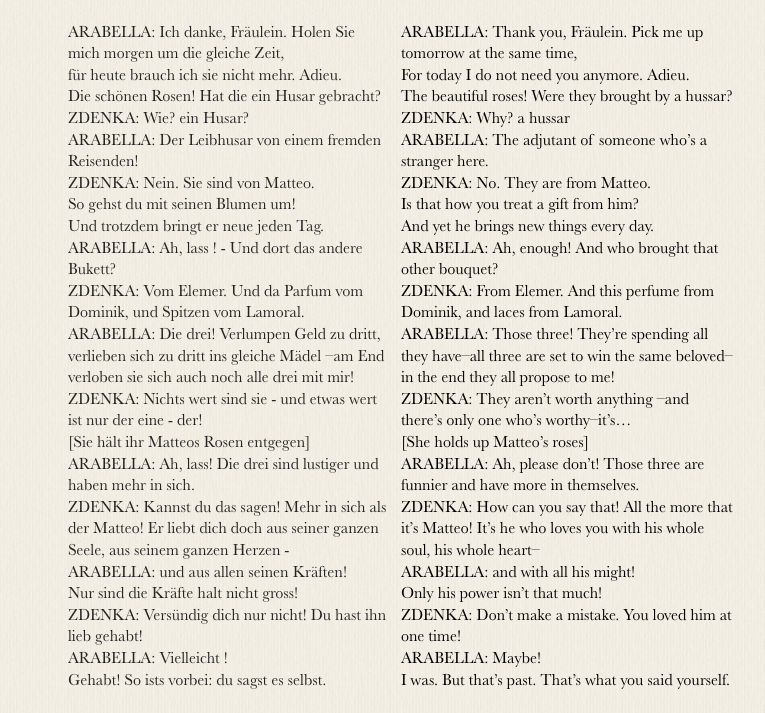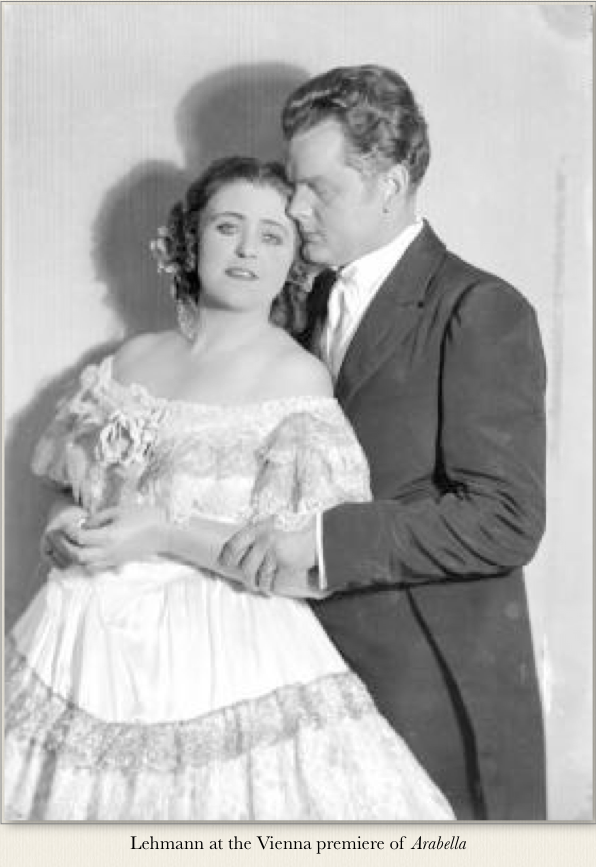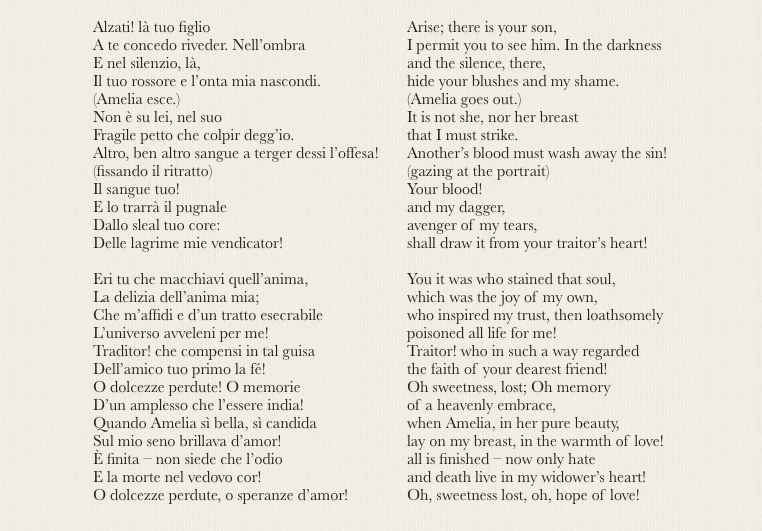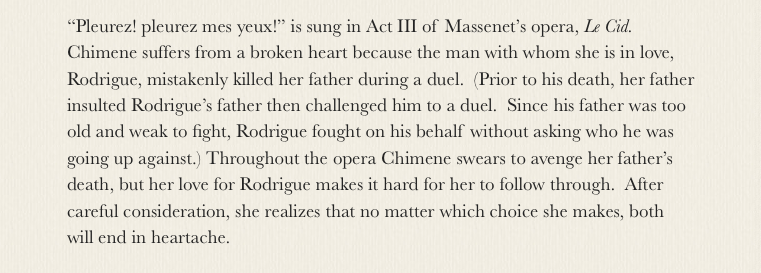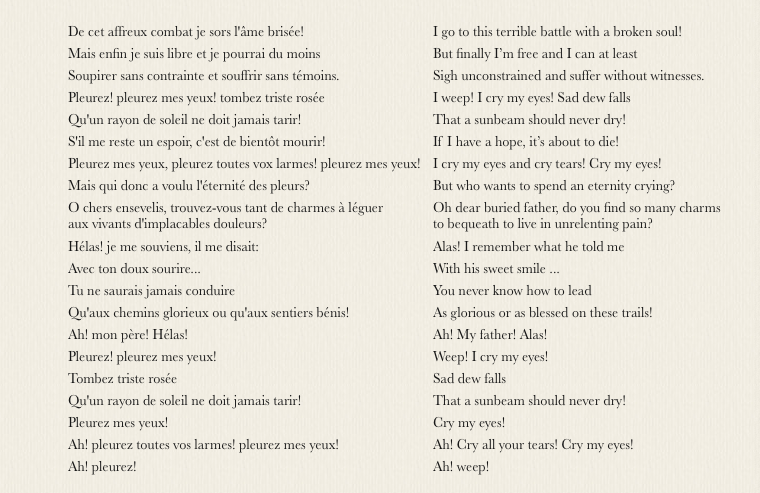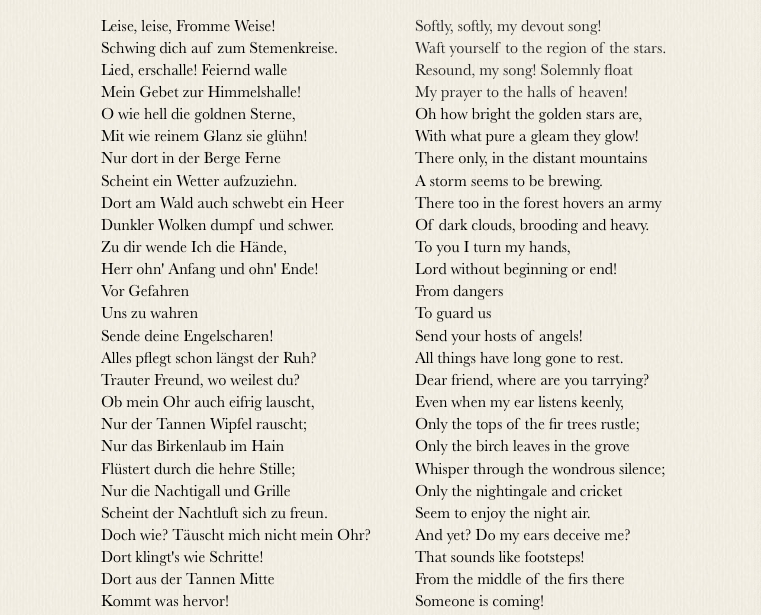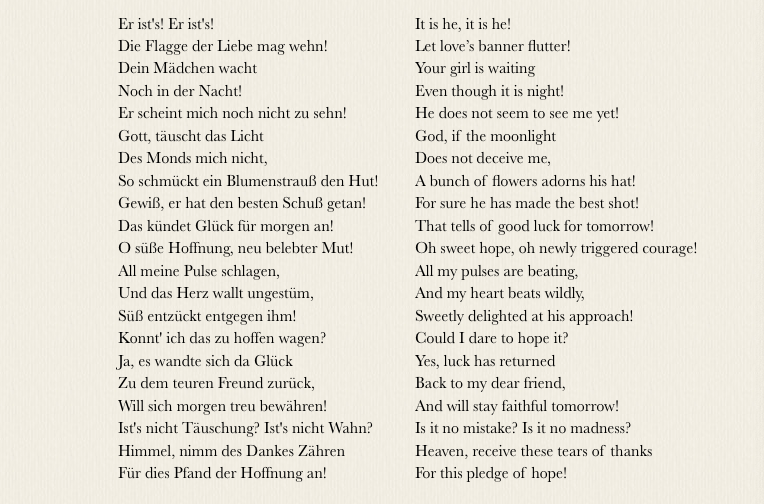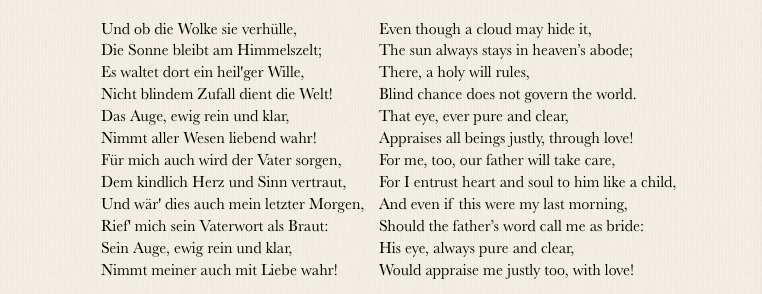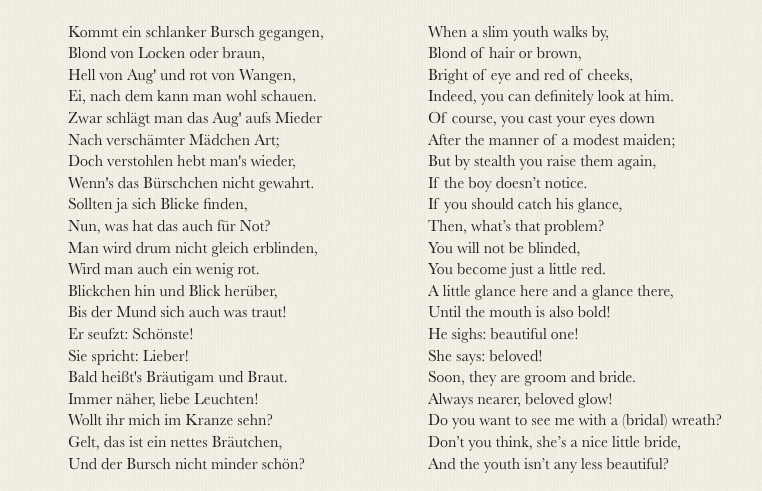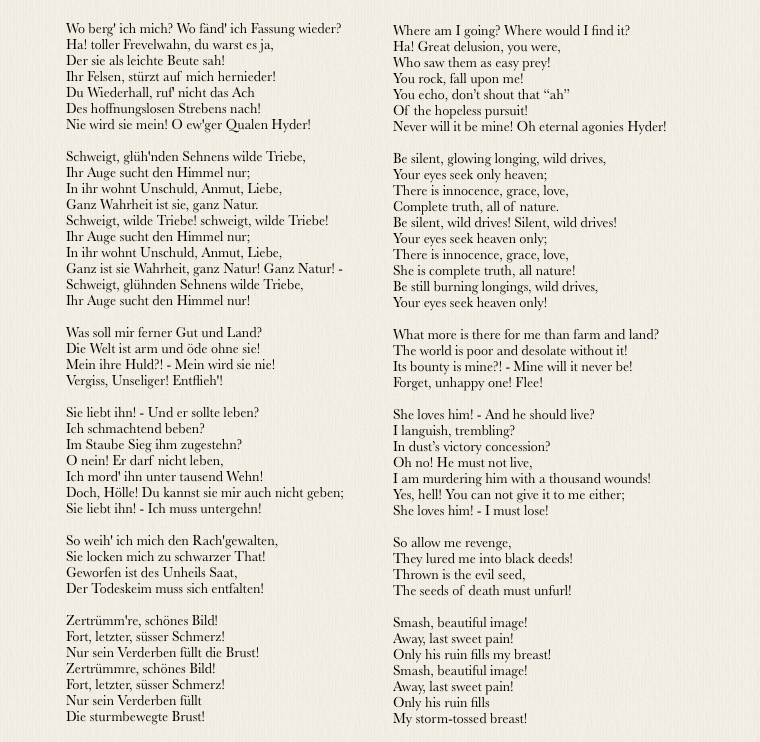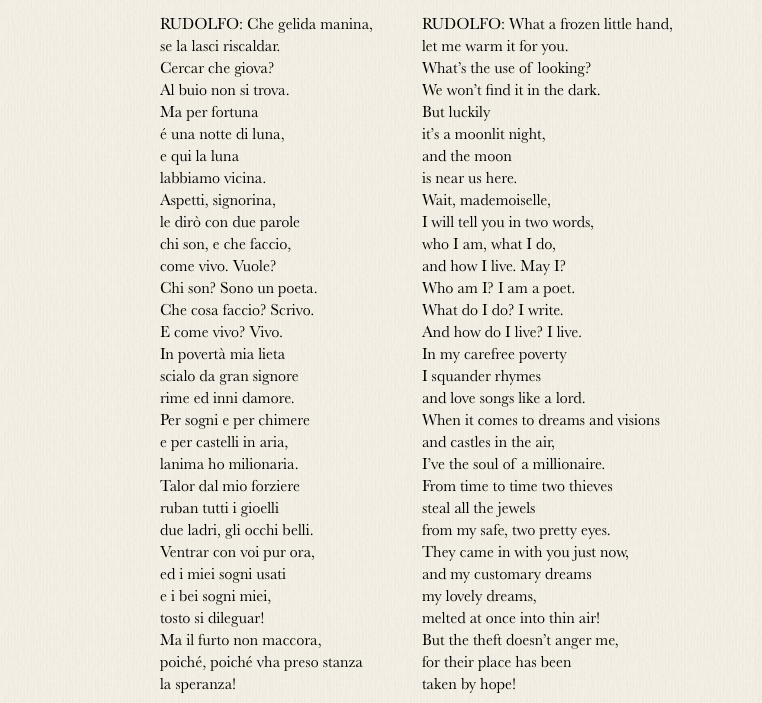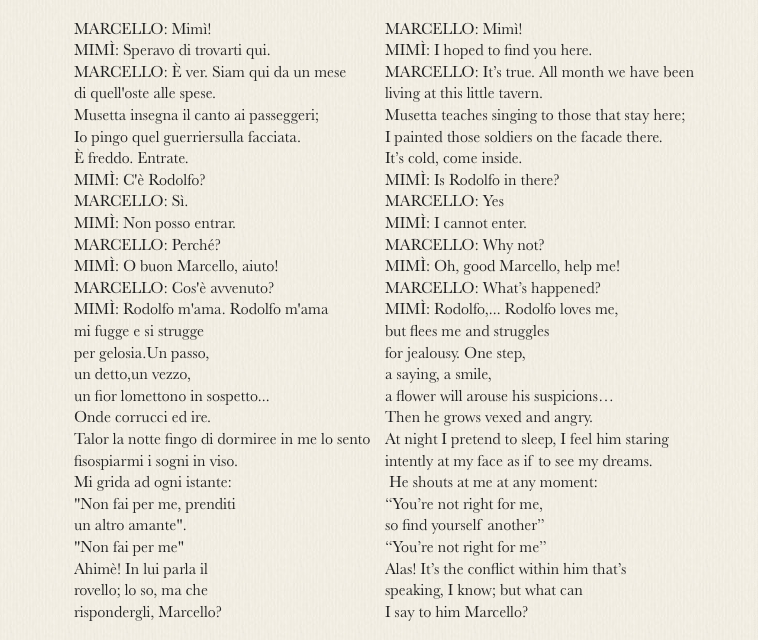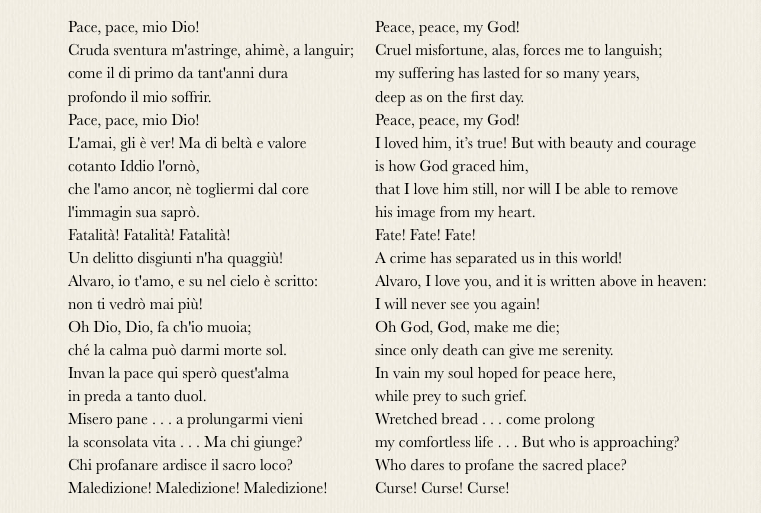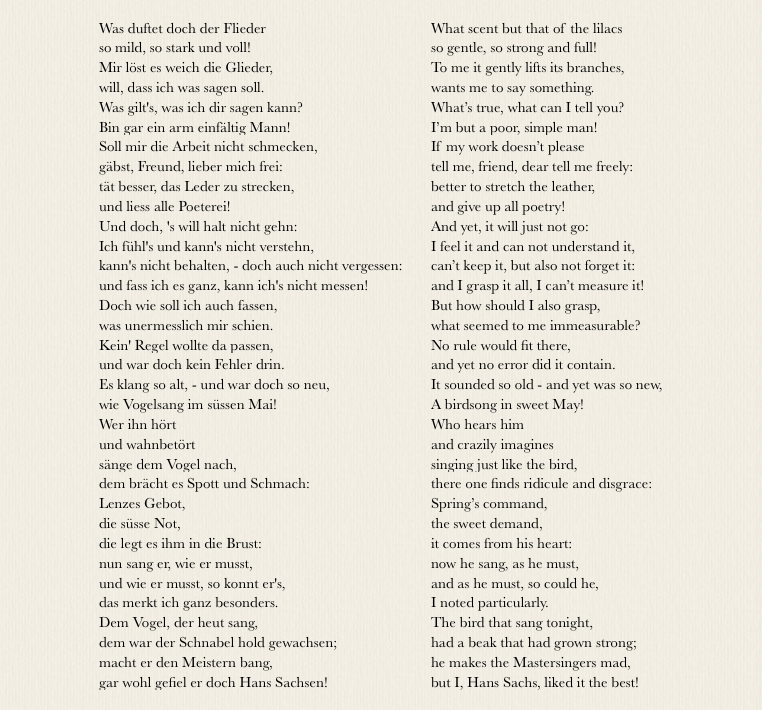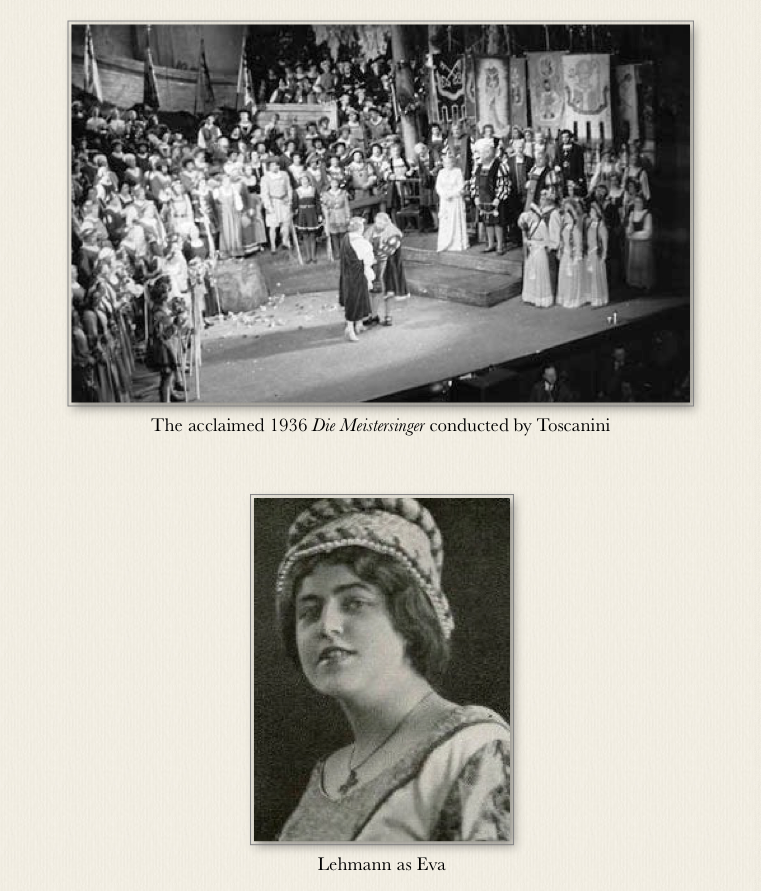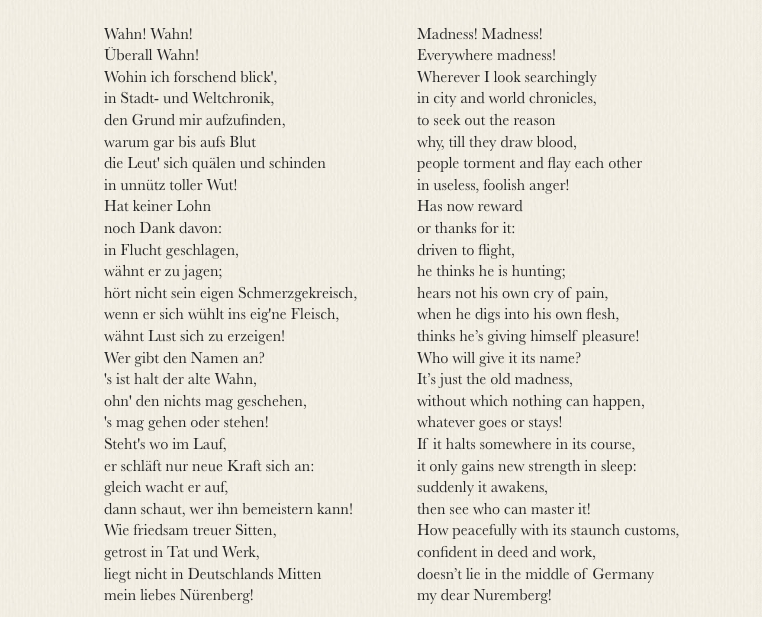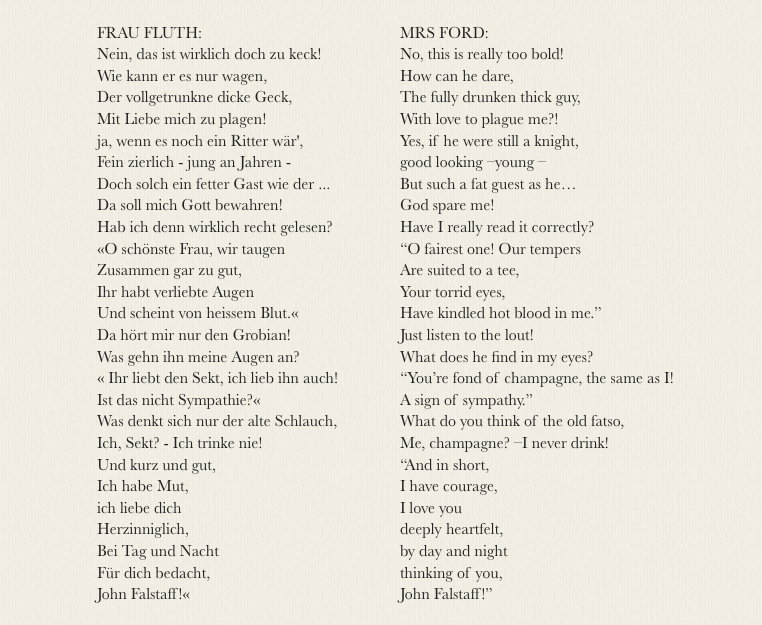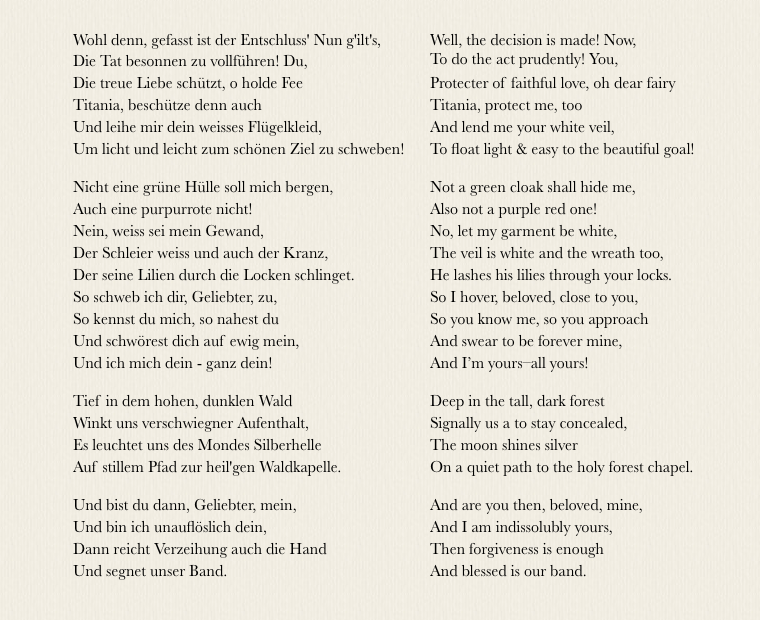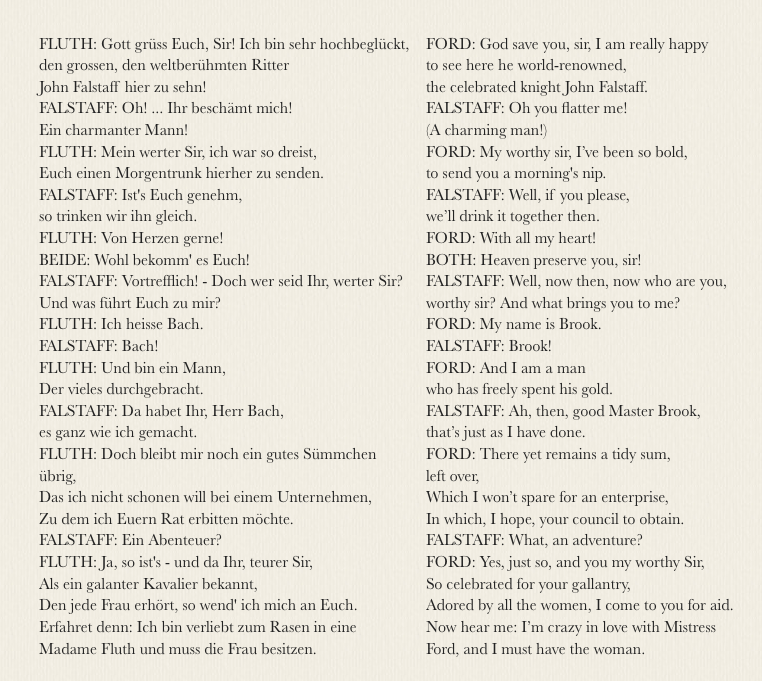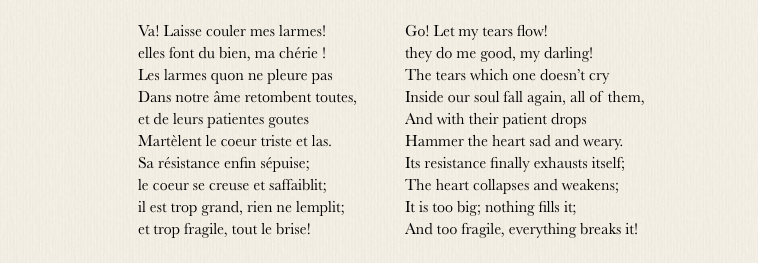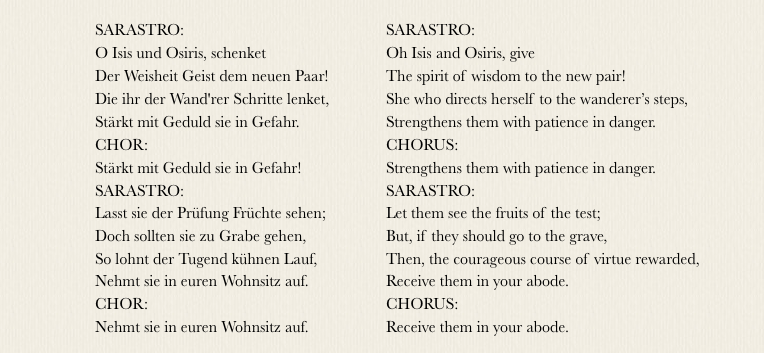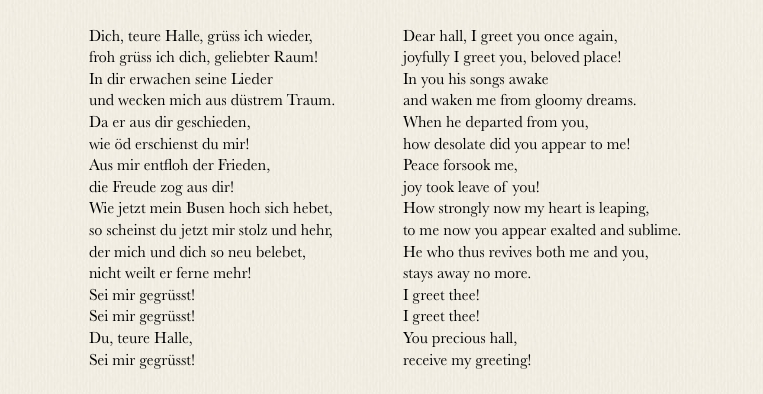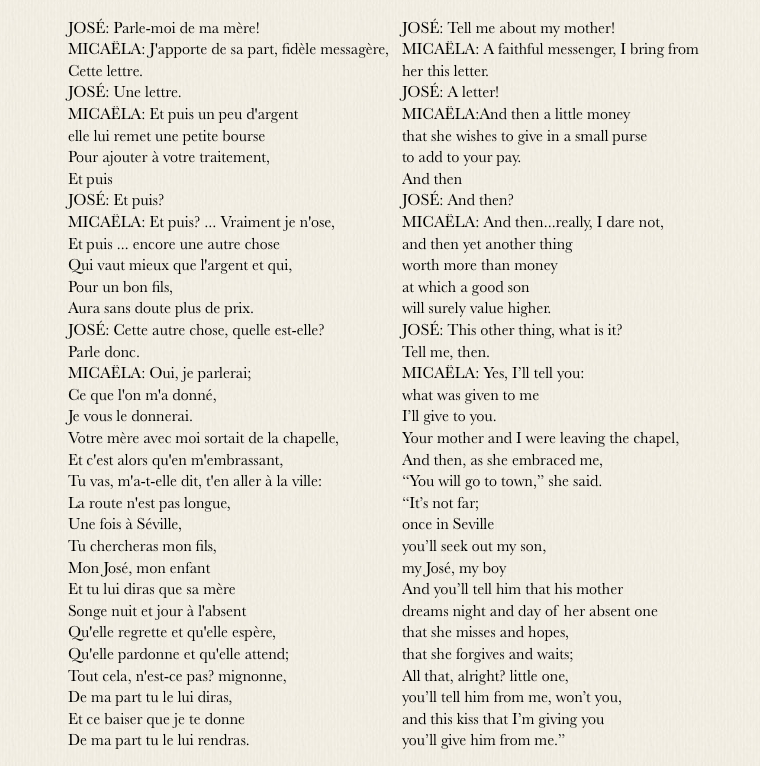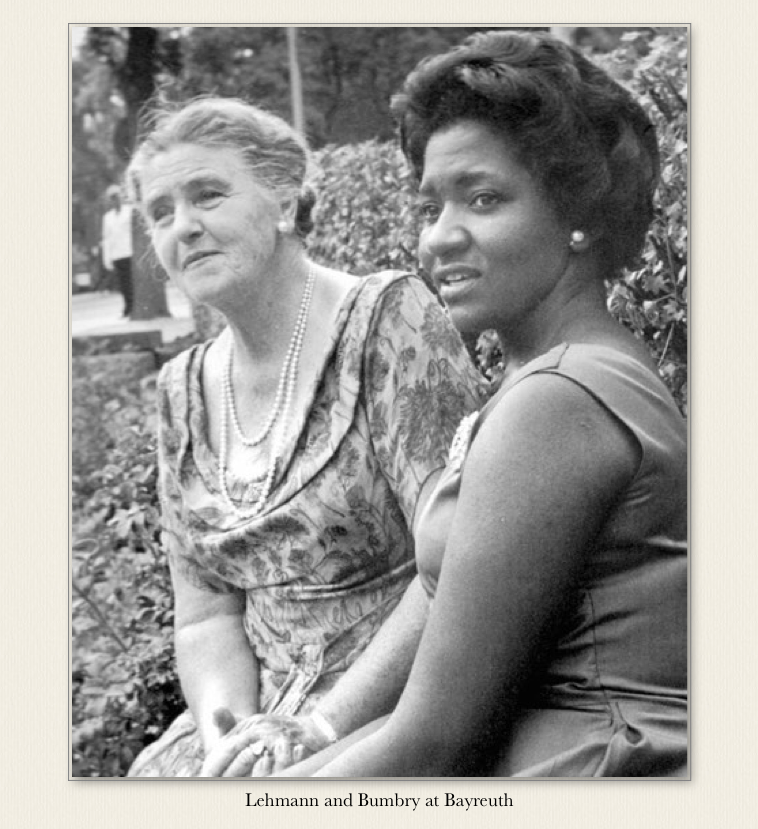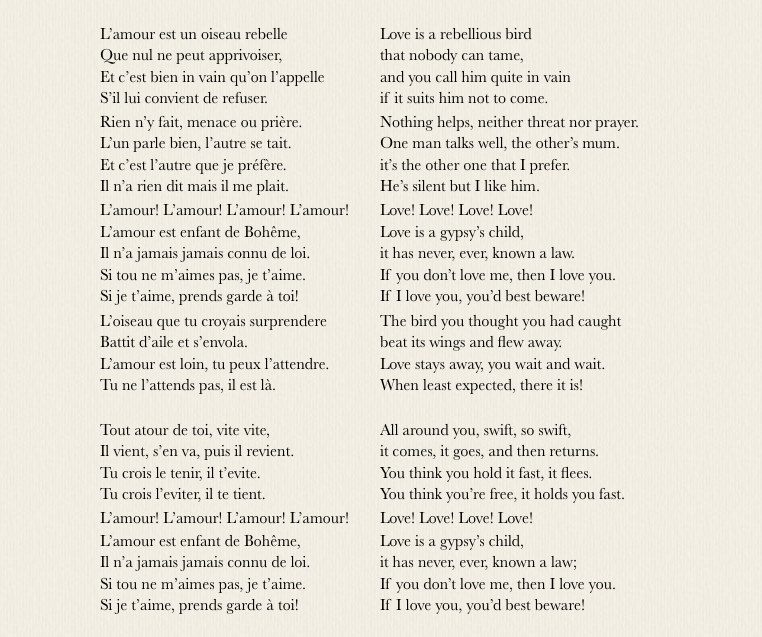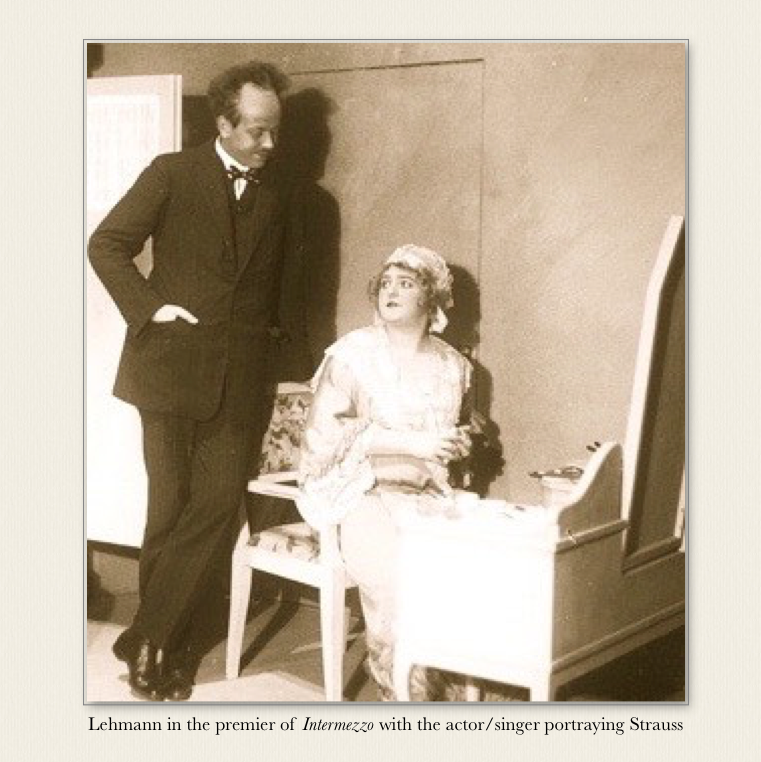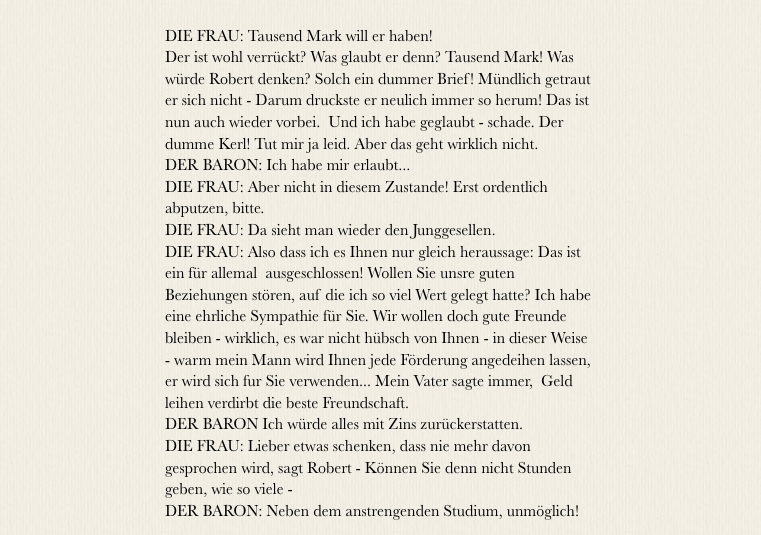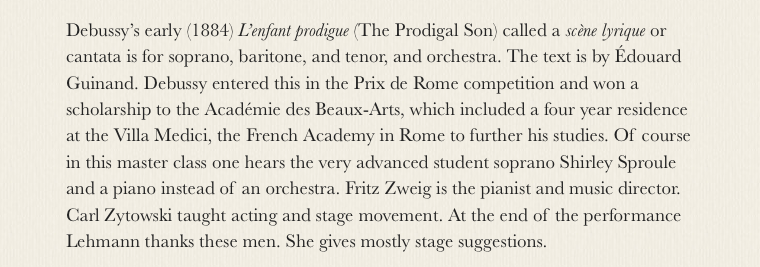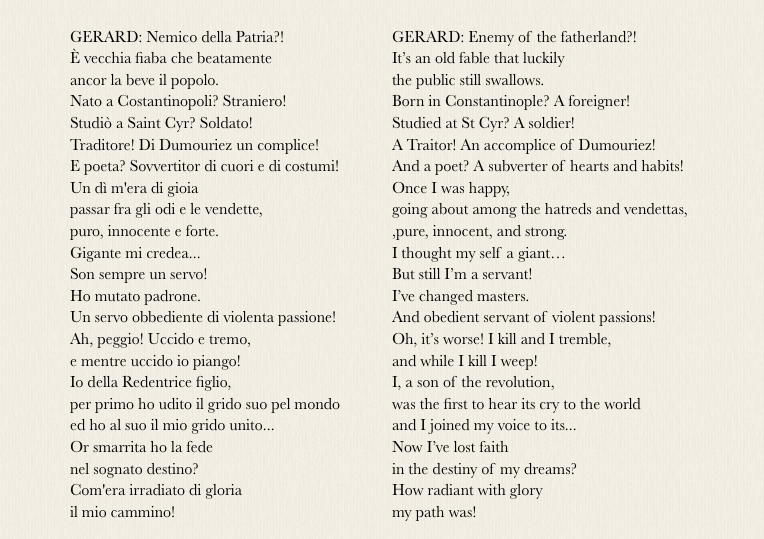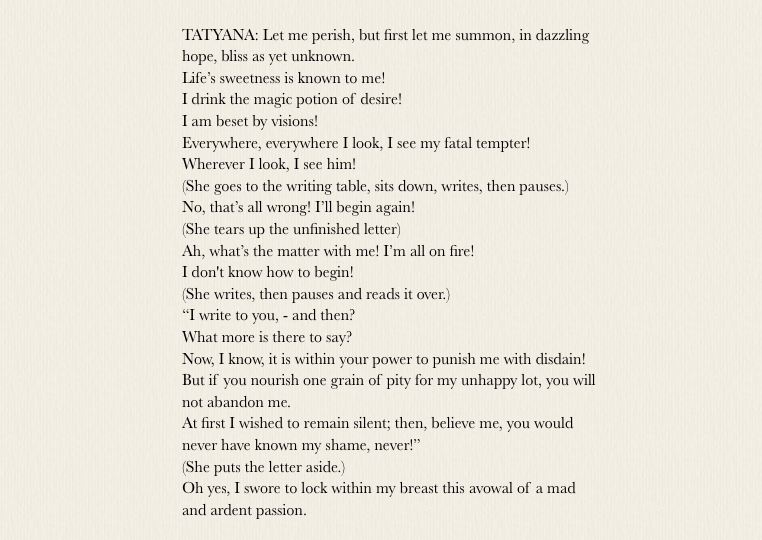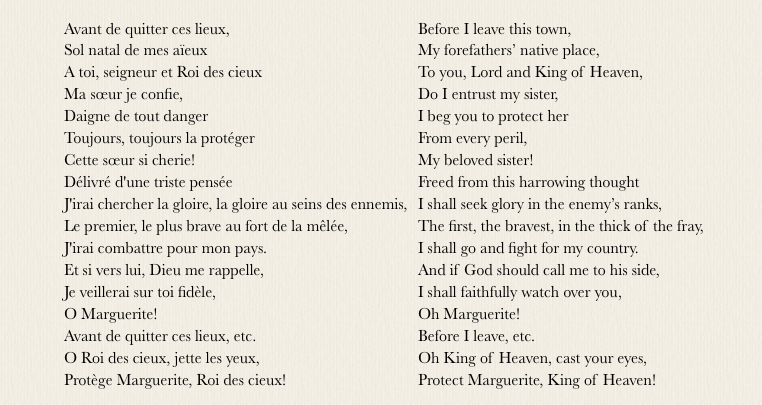6
Lotte Lehmann & Her Legacy: Volume 5
Index
Click the up arrow button in the bottom right corner of your screen at any time to return to the Index:
6
Opera Titles
- Aïda
- Andrea Chénier
- Arabella
- Carmen
- Der Freischütz
- Der Rosenkavalier
- Die lustigen Weiber von Windsor
- Die Meistersinger
- Die Walküre
- Die Zauberflöte
- Eugen Onegin
- Euryanthe
- Faust
- Fidelio
- Hérodiade
- Intermezzo
- L’enfant prodigue
- La bohème
- La forza del destino
- Le Cid
- Le nozze di Figaro
- Le prophète
- Lohengrin
- Manon
- Marriage of Figaro
- Orfeo ed Euridice
- Otello
- Samson et Dalila
- Suor Angelica
- Tannhäuser
- The Magic Flute
- The Merry Wives of Windsor
- Tosca
- Un ballo in maschera
- Werther
Aria Titles/First Lines
- Abscheulicher! wo eilst du hin?
- Aïda/Amneris Duet
- Amour! Viens aider ma faiblesse
- Arabella Duet
- Avant de quitter ces lieux
- Ave Maria, piena di grazia
- Che farò senza Euridice
- Che gelida manina
- Credo in un Dio crudel
- Da geht er hin
- Das süsse Lied verhallt
- De cet affreux combat je sors l’âme brisée!
- Dich, teure Halle
- Die lustigen Weiber von Windsor Duets
- Di frequente, la sera
- Die Walküre Act I: Siegmund/Sieglinde
- Die Zeit die ist ein sonderbares Ding (read by LL)
- Du bist der Lenz
- Et je sais votre nom
- E lucevan le stelle
- Era più calmo?
- Eri tu che macchiavi
- Fidelio: Act I
- Fliedermonolog
- Fu la sorte dell’armi a’ tuoi funesta
- Gavotte (Manon)
- Gott grüss Euch, Sir!
- Gut’n Abend, Meister! Noch so fleissig?
- Habanera
- Hab’ mir’s gelobt
- Hallenarie
- Iago’s Credo
- Ich kenn’ Ihn schon recht wohl
- Ich danke Fräulein
- Il est doux, il est bon
- Il Principe Gualtiero vostro padre
- In dieser feierlichen Stunde der Prüfung
- In fernem Land
- In Früh’n lass mich bereit dich sehn
- Jetzt, Schätzchen, jetzt sind wir allein
- Komm, Hoffnung, lass den letzten Stern
- Kommt ein schlanker Bursch gegangen
- L’amour est un oiseau rebelle
- La Zia Principessa aria
- Leise, leise, fromme Weise
- Letter scene (Eugen Onegin sung in English)
- Les Larmes
- Mein Gott, es war nicht mehr als eine Farce
- Merry Wives of Windsor Duets
- Mi chiamano Mimì
- Mimì!…Speravo di trovarti qui
- Mir ist die Ehre wider fahren
- Mon cœur s’ouvre a ta voix
- Monolog (Marschallin Act I)
- Nein, das ist wirklich doch zu keck!
- Nemico della Patria?! (sung in English)
- Non so più cosa son, cosa faccio
- Nun zäume dein Ross
- Obéissons quand leur voix appelle
- O Isis und Osiris
- O patria mia
- Ô, prêtres de Baal
- Ortrud, wo bist du?
- Pace, pace, mio Dio!
- Parle-moi de ma mère
- Pleurez! pleurez mes yeux!
- Presentation of the Rose
- Qui Radamès verrà!
- Ritorna vincitor
- Salce Aria
- Schläfst du, Gast?
- Senza Mamma
- Speravo di trovarti qui
- Trio (Der Rosenkavalier)
- Tausend Mark will er haben! (in English)
- Und ob die Wolke sie verhülle
- Va! Laisse couler mes larmes
- Vision fugitive
- Wahn, Wahn! Überall Wahn!
- Was duftet doch der Flieder
- Wie nahte mir der Schlummer
- Willow Aria
- Wo berg’ ich mich?
- Wohl denn, gefasst ist der Entschluss’
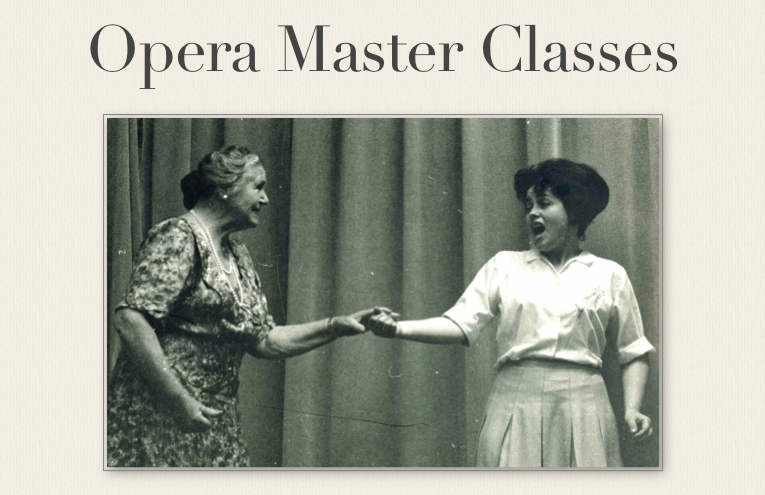
Lehmann didn’t encourage her students to sing recitals that included opera arias. She’d used that format in her early career and grew to understand it as a kind of shallow presentation. She did prepare complete roles with many of her students and did teach individual arias in master classes and private lessons. Stage movement, acting, (and reacting–students were supposed to know exactly what the other singing/actors were singing), as well as the interpretation of the text and any sub-text that might be important.
In the following arias from Lehmann’s master classes I provide the original language and translation when it’s feasible. Often, arias are so long that it isn’t practical in this format to offer the lyrics. Opera students and their teachers also work from scores that usually offer decent word-for-word translations.
Besides the master classes, I’ve always believed that listening carefully to Lehmann’s recordings is a kind of instruction on its own. I try to note when there are Lehmann recordings of the individual aria (or opera). The serious student (or teacher for that matter) can learn a lot from a Lehmann interpretation, even from the acoustic age (before the microphone). If one discounts the use of German for all arias (whether the original was Russian, French, or Italian) there’s a lot of fascinating interpretive detail to hear. Lehmann didn’t know it when she recorded the discs. They were usually treated as quick income for a shopping spree with her best friend, soprano Elisabeth Schumann. There was no thought of setting a standard, preserving history, or demonstrating anything.
Nonetheless, Lehmann’s choices of breathing and the expressive intake of breath that heightened so many of her emotional moments on disc are there for the artist to consider. She was careless about her breathing. Lehmann later said that she didn’t have good breath control but the truth was that she just wasn’t prudent: she’d give too much at the beginning of a phrase and run out too soon. As Lehmann says in several of her master classes, she made a virtue of this shortcoming, by taking a meaningful breath, that could be heard. If one just took a breath without meaning, it wouldn’t have a chance to add to the emotion of the music, and would only draw attention to a breathing deficit. In her lifetime and for a while afterwords, this became known at the “Lehmann catch-breath.”
You’ll notice that Lehmann seldom makes a technical suggestion to the singer. She knows her limitations and wouldn’t even teach students who hadn’t already gained a solid technique. She wants to work on the words, the thoughts, the interpretation.
Though Lehmann was asked to teach some of the roles she made famous, it’s just a fact that we don’t have recordings for all her master classes and thus are missing some. We can count ourselves lucky that sections from Arabella, Die Walküre, Der Rosenkavalier, Lohengrin, Tannhäuser, Fidelio, Die Meistersinger, Suor Angelica, Intermezzo, and Der Freischütz have survived.
The opera student can take solace from the words of Lehmann in the interview. She admits to being an awkward beginner and it was only through hard work that she was able to improve and in the end become a real singing actress.

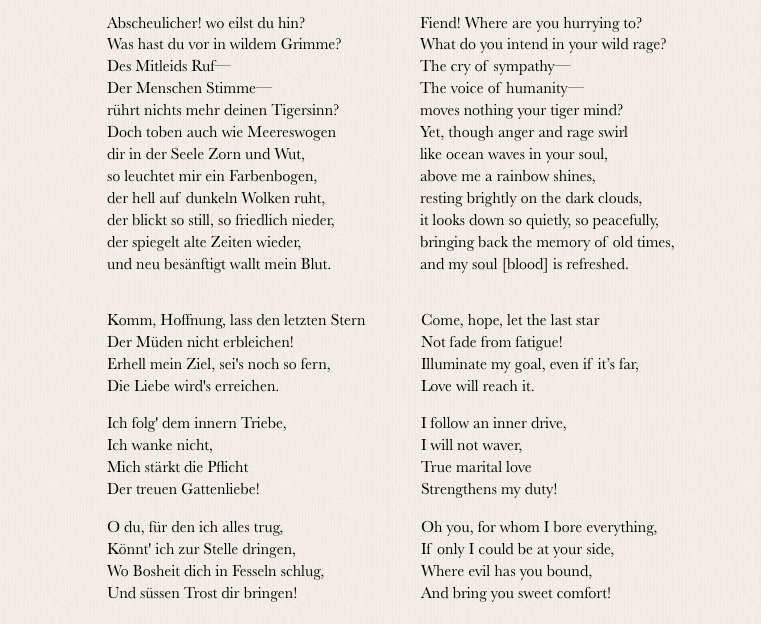

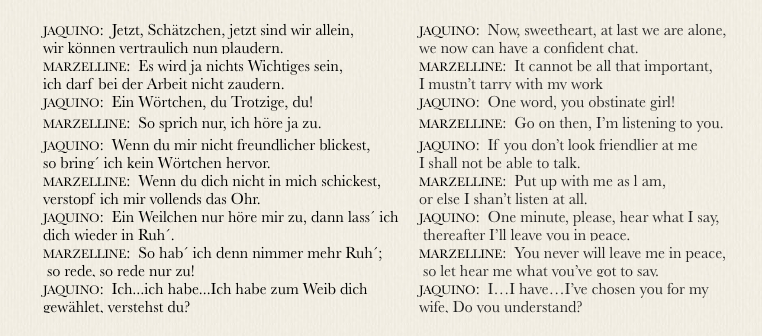

There are Lehmann recordings of “Vissi d’arte” in both Italian and German.
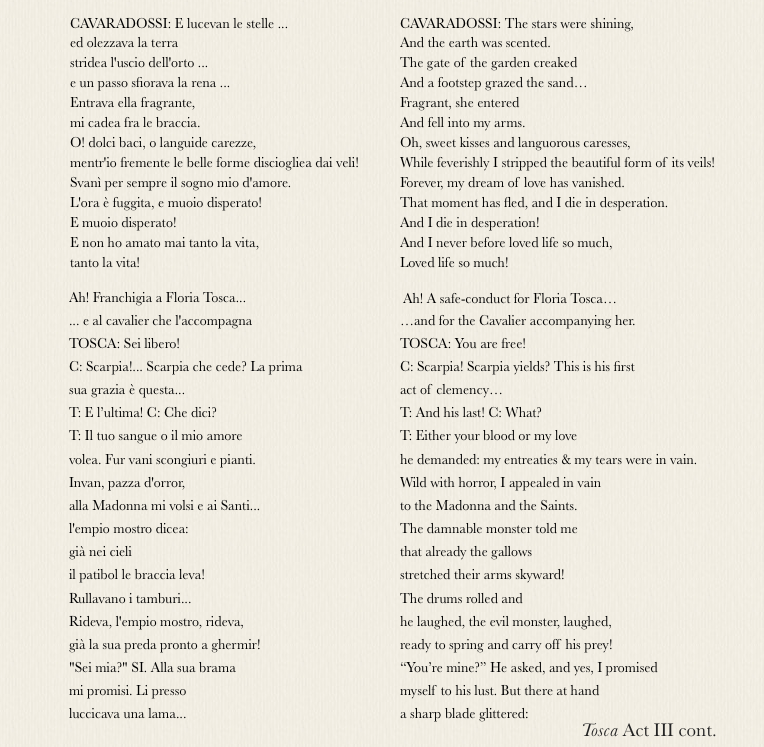
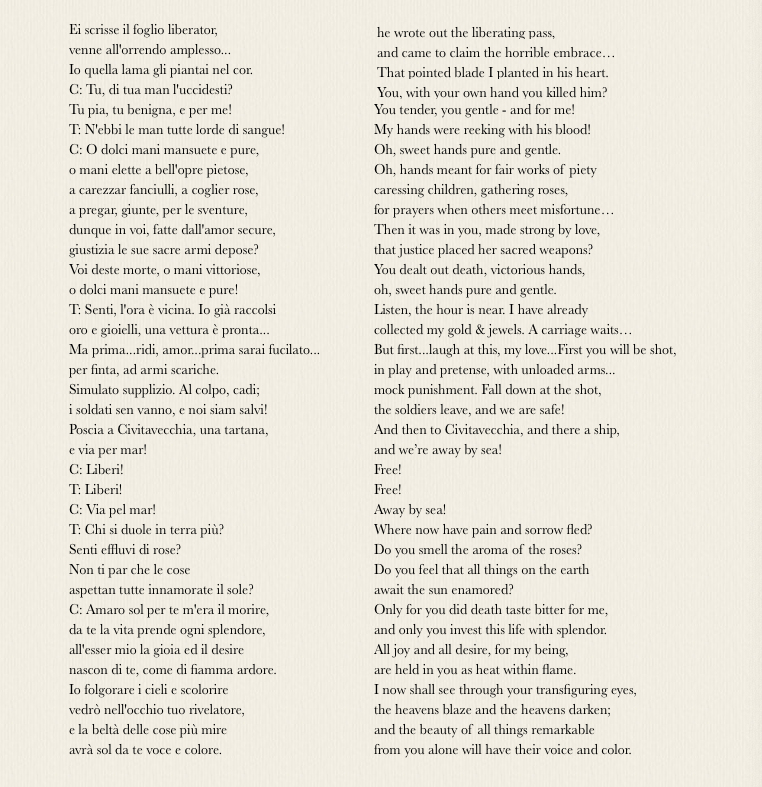
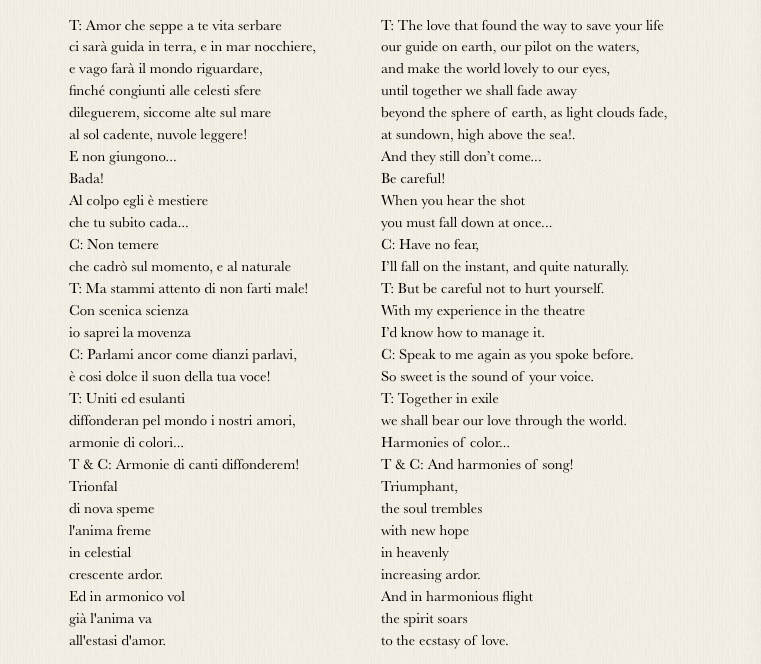

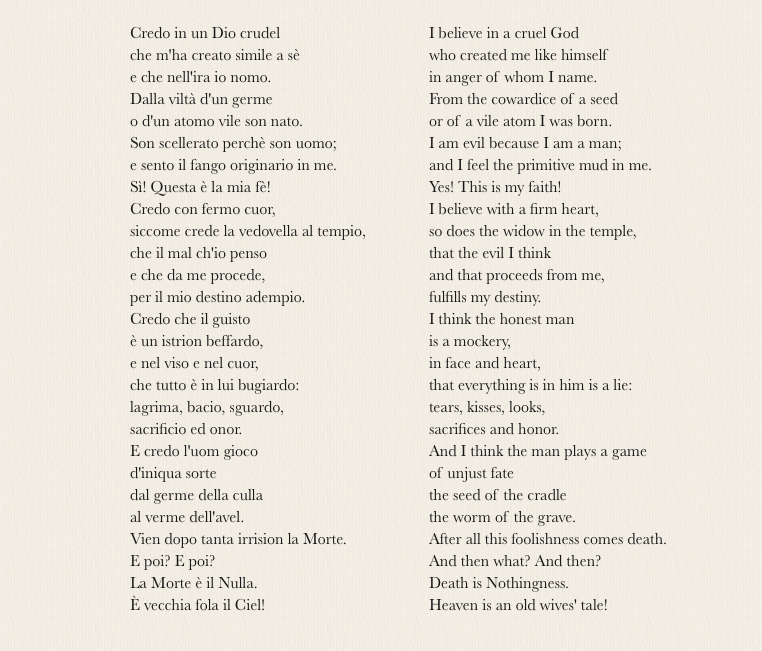

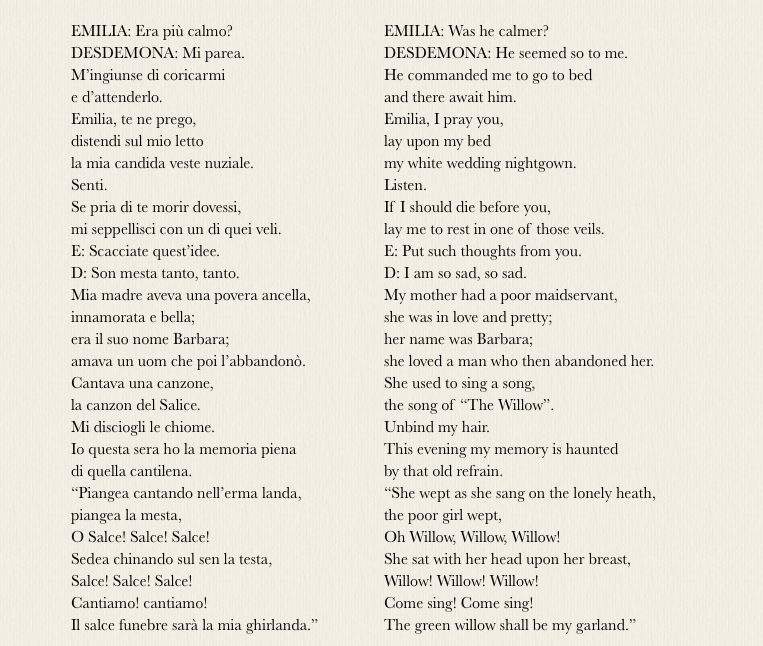
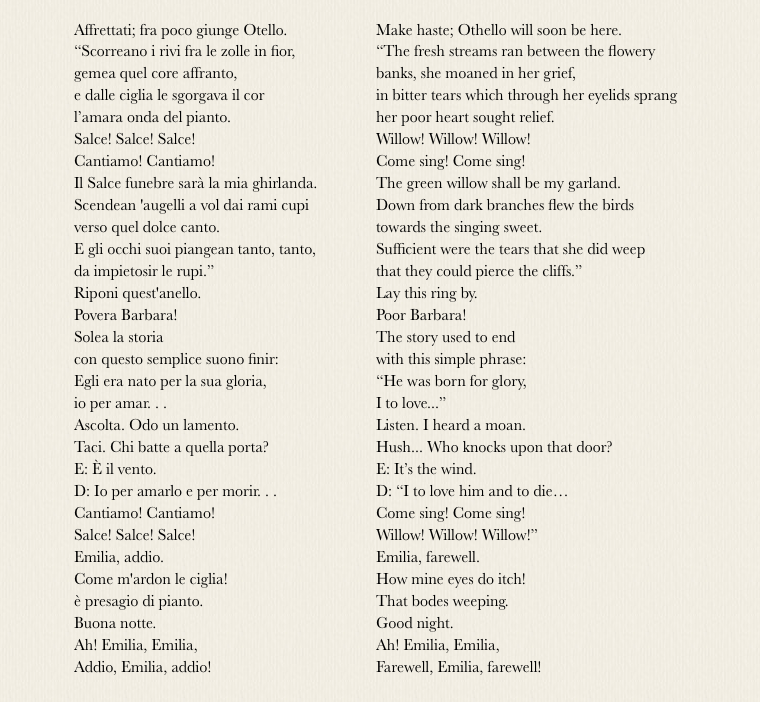
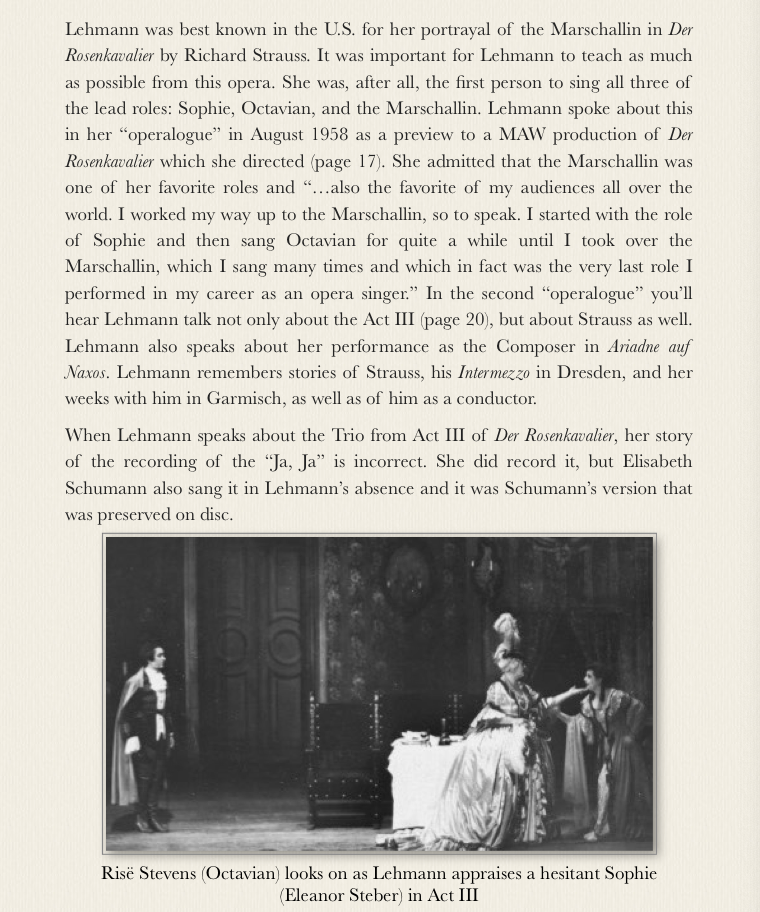
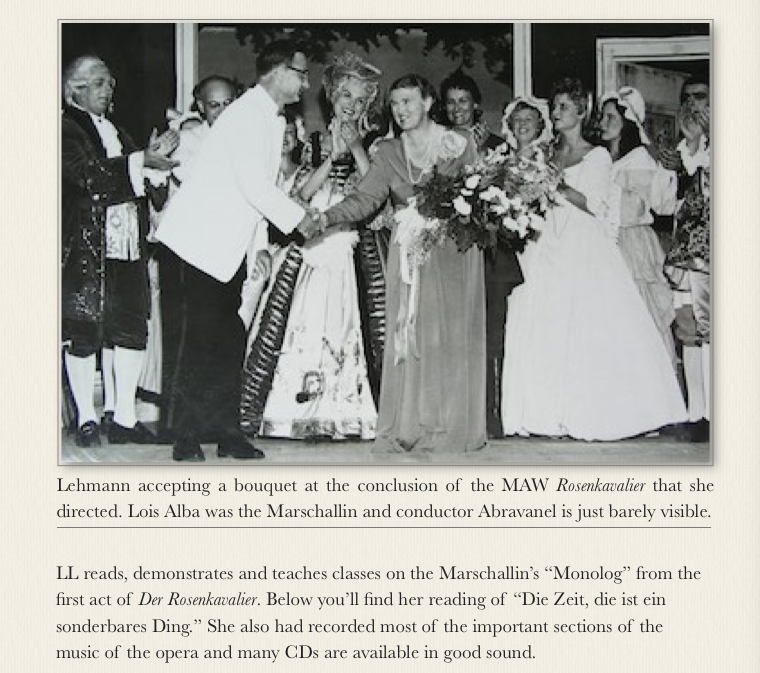
In the video below, Lehmann demonstrates the monolog from Act I of Der Rosenkavalier, singing at least an octave below the original.
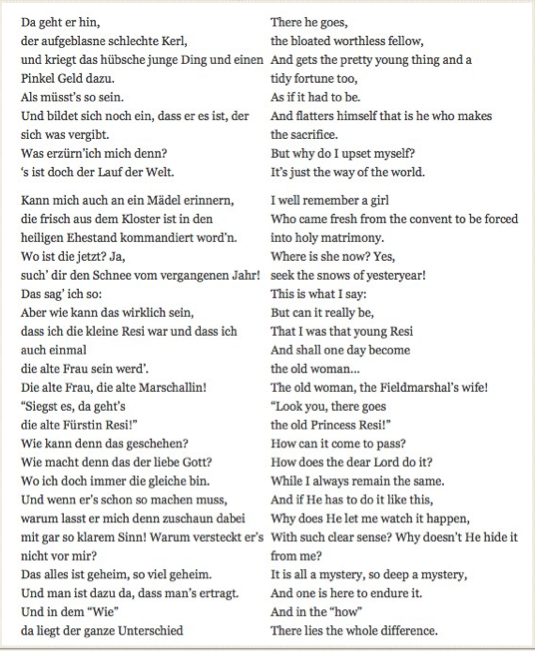
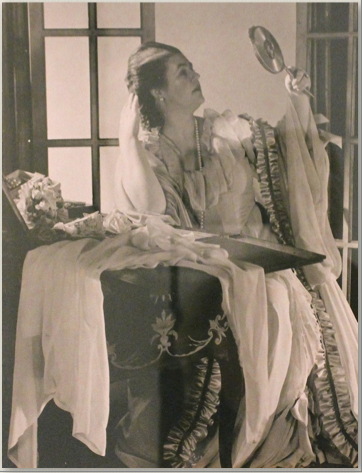
Below, Lehmann tells the story of Der Rosenkavalier Act I and II. Later, you’ll find her commentary on Act III. Also below, you’ll find master classes of the Monolog and a private lesson, as well.

